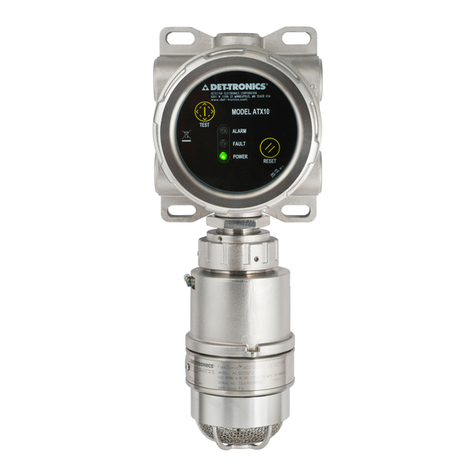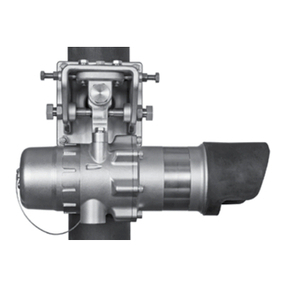Det-Tronics HD User manual
Other Det-Tronics Security Sensor manuals
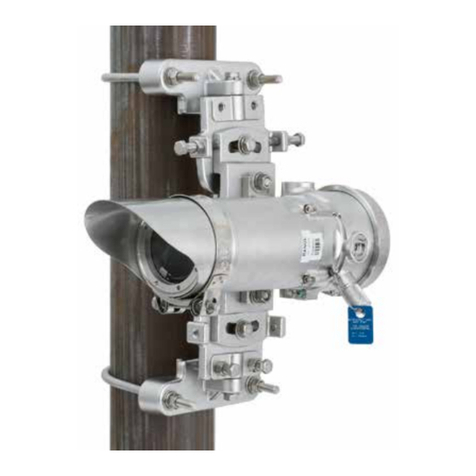
Det-Tronics
Det-Tronics Open Path Eclipse User manual
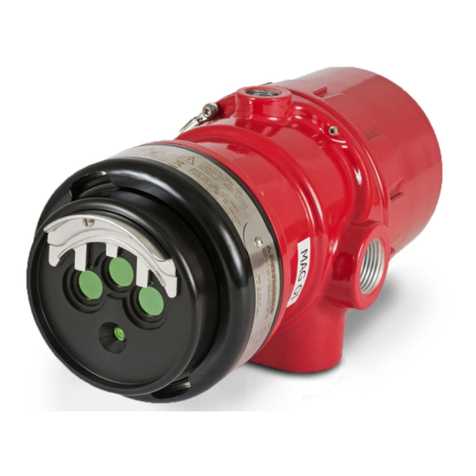
Det-Tronics
Det-Tronics X3301 User manual

Det-Tronics
Det-Tronics Eagle Quantum EQ2200UVHT User manual
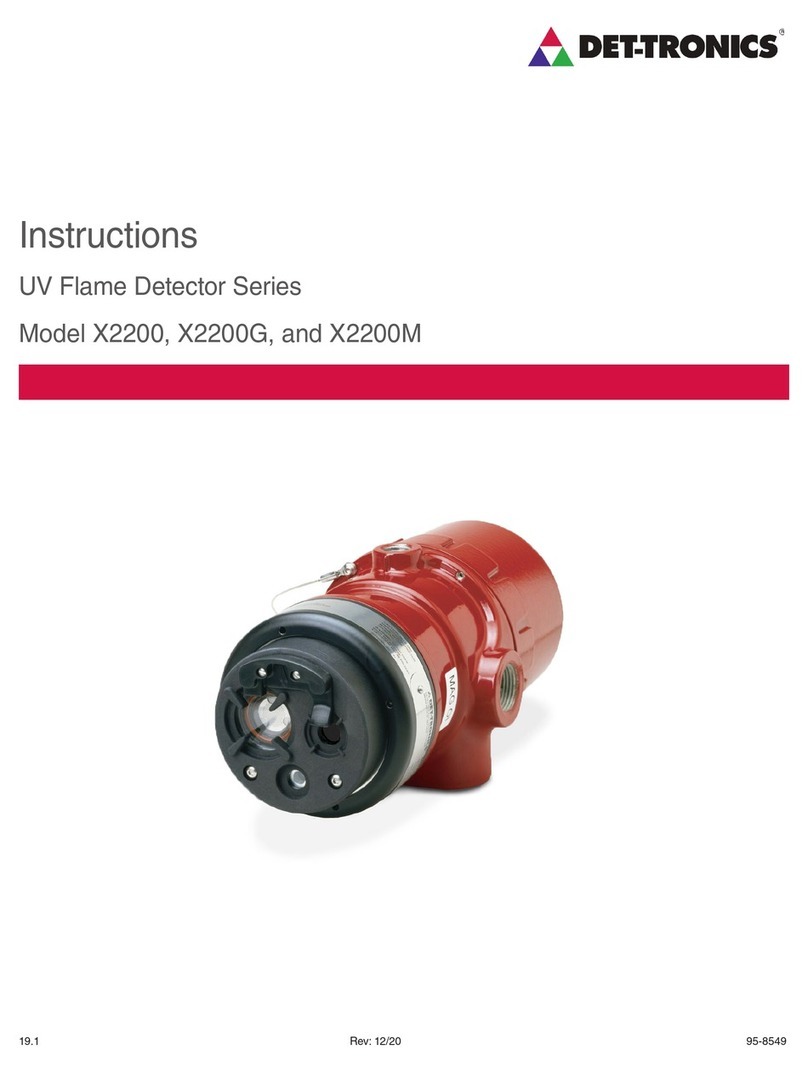
Det-Tronics
Det-Tronics x2200 User manual
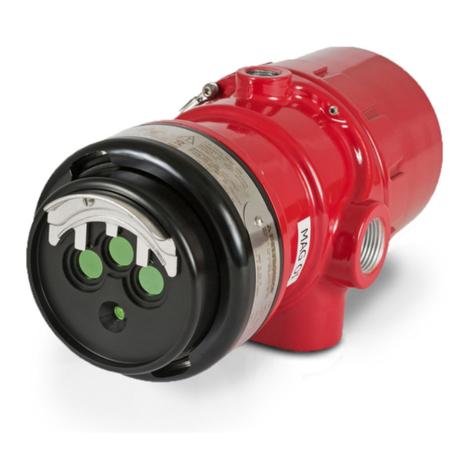
Det-Tronics
Det-Tronics Protect IR X3302 User manual

Det-Tronics
Det-Tronics X3302 User manual
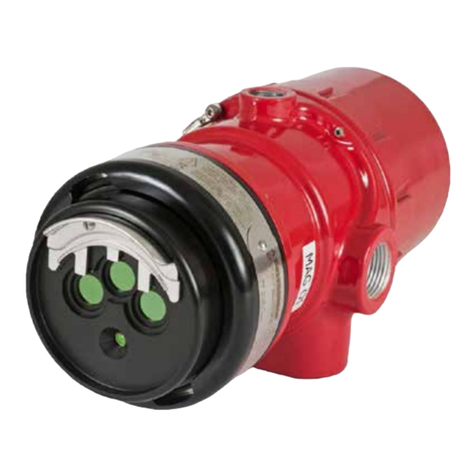
Det-Tronics
Det-Tronics X3302 User manual

Det-Tronics
Det-Tronics X Series Installation and operating instructions
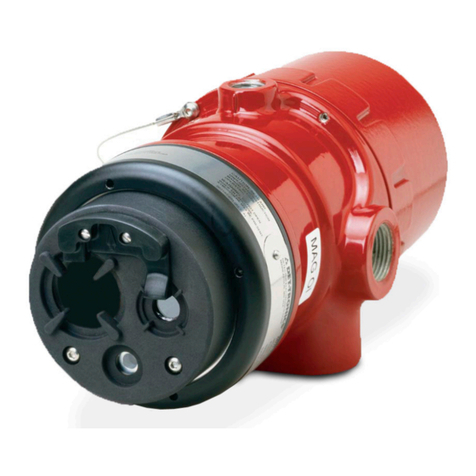
Det-Tronics
Det-Tronics X9800 Installation and operating instructions
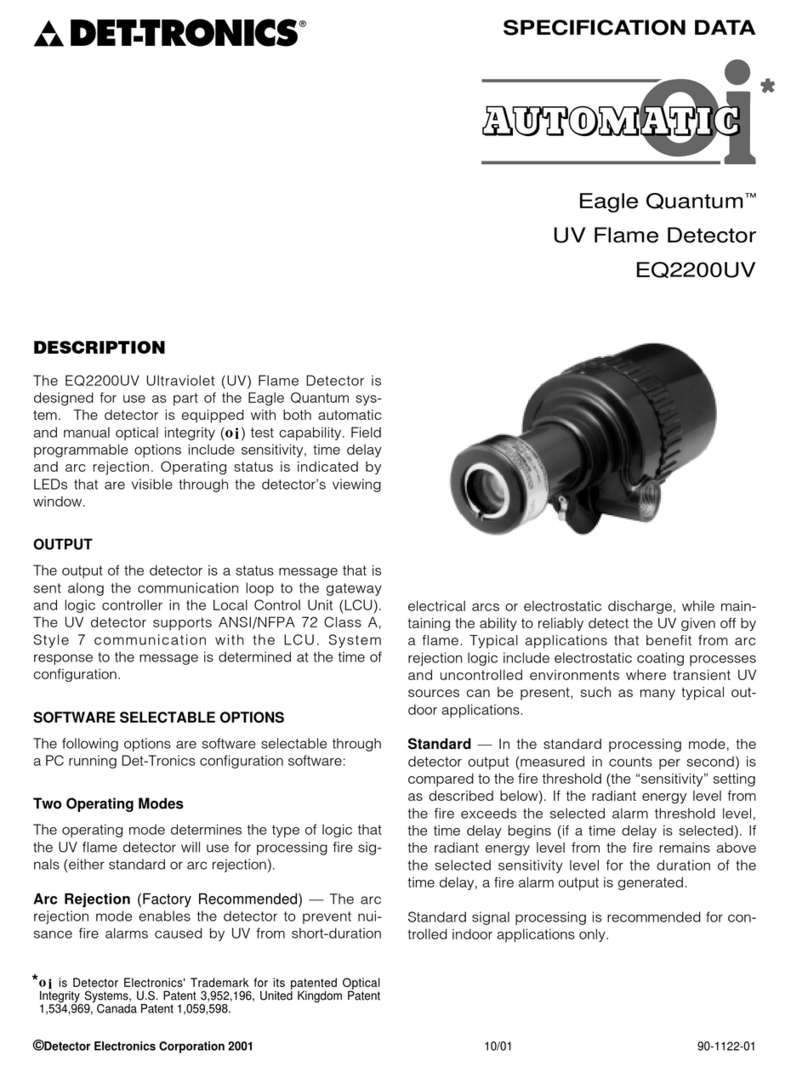
Det-Tronics
Det-Tronics Automatic Eagle Quantum EQ2200UV User manual
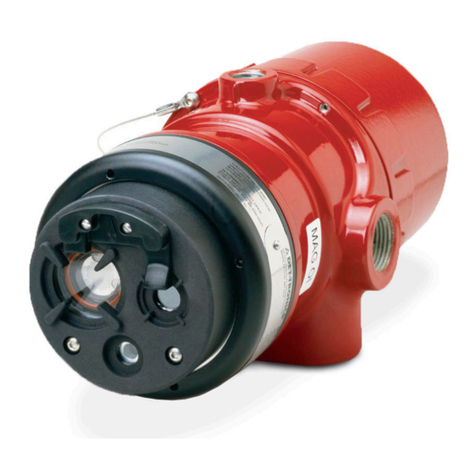
Det-Tronics
Det-Tronics X5202 User manual
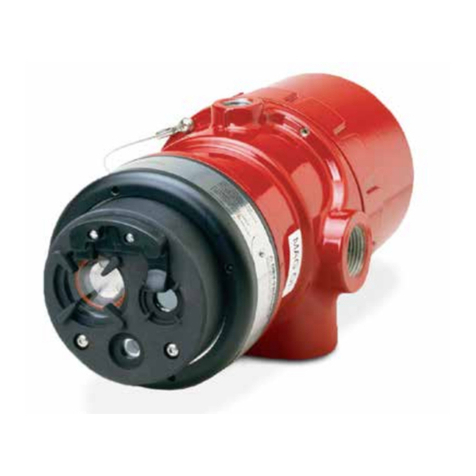
Det-Tronics
Det-Tronics X5200 User manual

Det-Tronics
Det-Tronics x2200 User manual
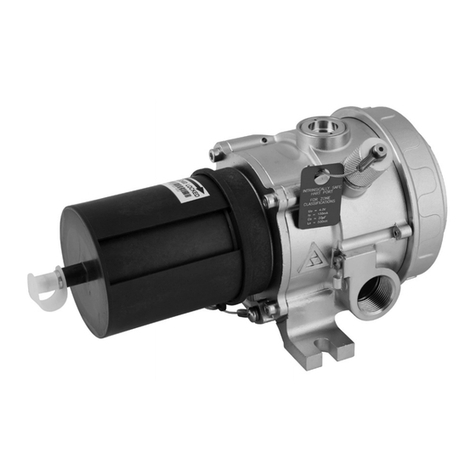
Det-Tronics
Det-Tronics PIRECL User manual
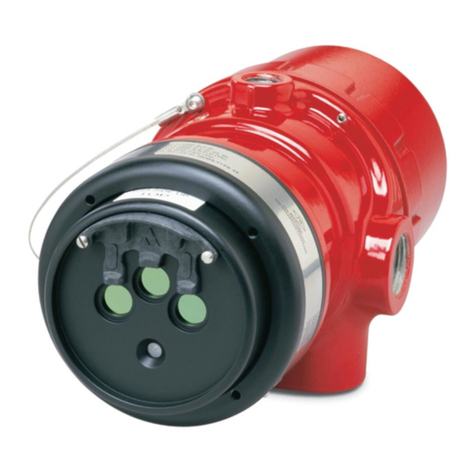
Det-Tronics
Det-Tronics X3300 User manual

Det-Tronics
Det-Tronics X9800 User manual

Det-Tronics
Det-Tronics X3301 User manual

Det-Tronics
Det-Tronics X3302 User manual
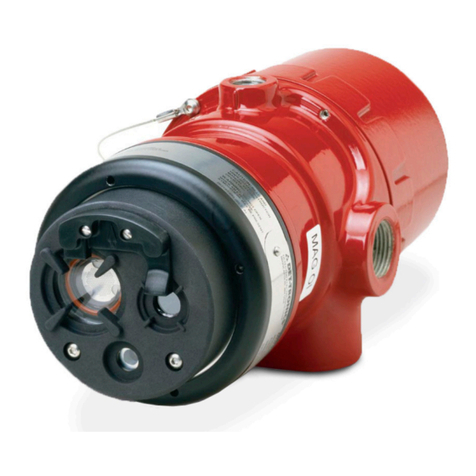
Det-Tronics
Det-Tronics X5200 User manual

Det-Tronics
Det-Tronics X3301 Installation and operating instructions
Popular Security Sensor manuals by other brands

Shinko
Shinko SE2EA-1-0-0 instruction manual

ACR Electronics
ACR Electronics COBHAM RCL-300A Product support manual

TOOLCRAFT
TOOLCRAFT 1712612 operating instructions

Elkron
Elkron IM600 Installation, programming and functions manual

Bosch
Bosch WEU PDO 6 Original instructions

THORLABS
THORLABS PDA10JT user guide
